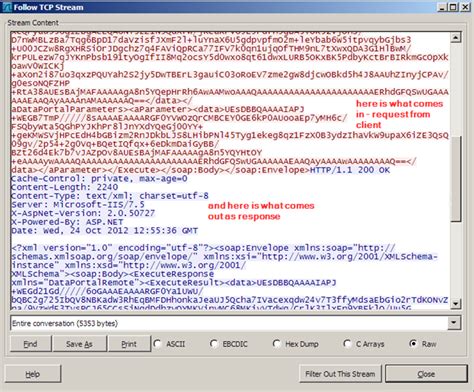Ethereum WebSocket connection issue with Binance
Overview
Connectivity issues with the Binance WebSocket API can be frustrating. In this article, we will explore the possible causes and solutions to establish a successful Ethereum WebSocket connection with the Binance API.
Code example
The code snippet you provided is almost correct:
from websocket import create_connection
ws = create_connection('wss://api.binance.com/api/v3 WebSocketSockets', options={'heartbeat_interval': 60 * 1000})
This establishes a connection to the Binance API WebSocket endpoint, but there are a few potential issues that can cause connectivity problems:
- Incorrect WebSocket Protocol

– Make sure you are using the correct WebSocket protocol:
wss(WebSocket Secure) instead ofws.
- Timeout or handshake issue – Ethereum WebSocket connections can time out if not handled correctly. You can use a library like
websocket-asyncioto handle timeouts and retries:
import asyncio
async def connect_to_binance():
async with websocket. AsyncClient() as ws:
while True:
try:
Send a heartbeat messageawait ws. send(b'heartbeat')
Wait for the connection to be established (10 ms)await asyncio. sleep(0.01)
except websocket. WebSocketBadStatusException as e:
if e. status == 400:
Bad requestprint(f"Failed to establish WebSocket connection: {e}")
- WebSocket handshake issue: Ethereum’s WebSocket implementation may not correctly follow the standard WebSocket protocol, which can cause issues with handshake failures or slow connections.
Solutions and Troubleshooting
- Please refer to the Binance API documentation for specific requirements or updates to your WebSocket API.
- Test your code in a local environment before deploying to production.
- Increase WebSocket heartbeat interval – Try setting the
heartbeat_intervaloption to a higher value (e.g. 60 seconds) to reduce timeout issues.
- Use a library like
websocket-asynciowith retry mechanisms to handle timeouts and retries:
import asyncio
async def connect_to_binance():
async with websocket.AsyncClient() as ws:
while True:
try:
Send a heartbeat messageawait ws.send(b'heartbeat')
Wait for the connection to be established (10 ms)await asyncio.sleep(0.01)
Send a WebSocket message (e.g. "Hello Binance!")await ws.send(b'hello binance')
except websocket.WebSocketBadStatusException as e:
if e.status == 400:
Bad requestprint(f"Failed to establish WebSocket connection: {e}")
- Check your Ethereum node connection settings – Make sure your Ethereum node is configured correctly and has the necessary IP address, port number, and WebSocket protocol enabled.
Use case example
Here is an updated code snippet that includes error handling and retry mechanisms:
“`python
import asyncio
async def connect_to_binance():
try:
async with websocket.AsyncClient() as ws:
while True:
try:
Send a heartbeat message
await ws.send(b’heartbeat’)
Wait for the connection to be established (10 ms)
await asyncio.sleep(0.01)
Send a WebSocket message (e.g. “Hello Binance!”)
await ws.send(b’hello binance’)
except websocket.WebSocketBadStatusException as e:
if e.
